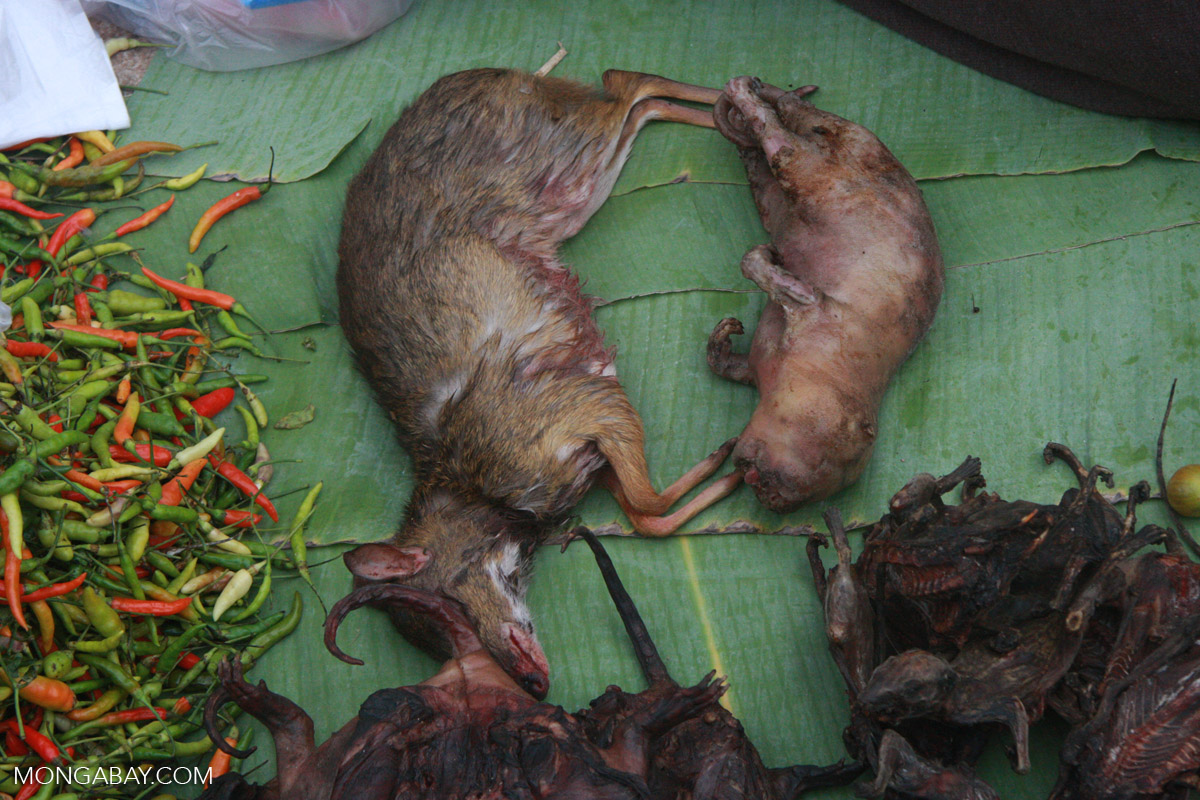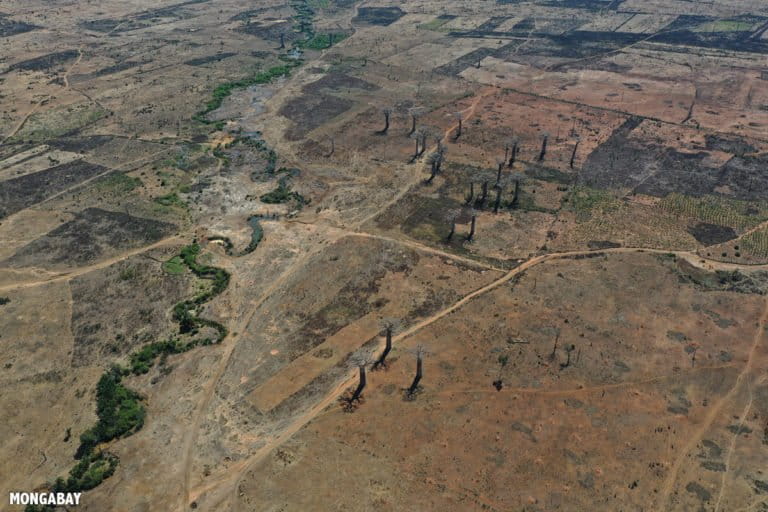Funds Need to Prevent Next Pandemic! 2% of Covid-19 Cost Just Estimated
- The authors of a new research-based opinion piece in the journal Science estimate that the total cost of COVID-19 could reach $16 trillion, but spending between $20 billion and $30 billion every year to stem deforestation and regulate the wildlife trade could drastically lower the risk of another pandemic.
- COVID-19 has already claimed nearly 650,000 lives and could wipe out $5 trillion in global GDP this year alone.
- Zoonotic diseases that jump from animals to humans are emerging with increasing frequency in recent decades, but investments in preventing these spillover events are paltry, the authors argue.
- The rapid rate of forest loss and incursions into previously untouched woodlands, especially in the tropics, and a poorly regulated global wildlife trade, have exposed humans to a host of novel viruses.
COVID-19 will cost the world trillions of dollars. But the cost of preventing a future pandemic could be as little as 2% of that cost, a research-based opinion piece published in the journal Science found.
The disease has claimed nearly 650,000 lives so far, of which about 147,000 are in the U.S. alone.
As world leaders announce packages running into billions if not trillions of dollars, the estimate suggests that a humbler sum could keep humans from falling prey to another epidemiological disaster. COVID-19 has already cost the world economy $2.6 trillion and is expected to wipe out $5 trillion in GDP this year.
The authors of the research-based opinion piece say the total damages could reach $16 trillion.
However, spending between $20 billion and $30 billion every year to stem deforestation, curb the wildlife trade, and closely monitor zoonotic disease outbreaks would make a huge difference. If one also takes into account the carbon benefits, the net cost could be as low as $18 billion annually, the authors noted.

Zoonotic diseases that jump from animals to humans are a persistent threat to humans, from the 2003 SARS outbreak to the more recent outbreaks of Ebola. But the COVID-19 crisis has surpassed these outbreaks not just in the number of deaths but the economic destruction it has unleashed as well.
What is worrying scientists is that such diseases are emerging more frequently in recent decades.
Two viruses spill over to human populations from their wild hosts every year, on average, and some go on to cause disease outbreaks. “Pathogen emergence is essentially as regular an event as national elections: once every 4 to 5 years,” co-author Peter Daszak, an epidemiologist with Ecohealth Alliance in New York, said in a statement. The alliance is a non-profit that promotes the ‘One Health’ approach which emphasizes the interconnectedness of environmental and human health.
Mammals and birds alone are believed to host about 1.5 million viruses, of which close to 700,000 could be dangerous to humans.
The rapid rate of forest loss and incursions into previously untouched woodlands, especially in the tropics, has exposed humans to a host of novel viruses. Last year, the world lost a football pitch-sized area of primary forest every six seconds, according to data from the University of Maryland. Overall, nearly 12 million hectares of tropical forests were destroyed in 2019, a 2.8% increase from the year before.

As human activities eat into woodlands, the interface between humans and wilderness has expanded. “Roadbuilding, mining and logging camps, expansion of urban centers and settlements, migration and war, and livestock and crop monocultures have led to increasing virus spillovers,” the authors write.
The wildlife trade, where animals are often kept in congested and unsanitary conditions, is also cited as a reason for the growing risk of the emergence of zoonotic diseases. This danger is amplified when humans come in contact with live primates, bats and other wild animals, or when they deal in bushmeat.
Many conservationists have called for more attention to preventing the emergence of such pathogens, rather than solely focusing on damage control. There is currently little investment in efforts and institutions that work to prevent forest loss, or that help regulate legal wildlife trade and restrict illegal trade, the authors argue.

The Convention on International Trade in Endangered Species of Wild Fauna and Flora (CITES) is the only global wildlife treaty that is enforceable, and operates on $6 million in annual funding. No international body exists today that looks directly at zoonotic diseases.
The new policy document in Science estimates costs of expansive monitoring wildlife trade, judging risks by building on the budget of the Organization for Animal Health (OIE), which currently has the limited mandate of assessing disease risk from the livestock trade and does not carry out testing.
“Nature is sending us a clear message. We are harming the natural world, to our own detriment,” UN chief António Guterres, said in his message on World Environment Day, celebrated every year on June 5.

Despite such high profile leaders making these linkages, concrete actions on this front have so far fallen short. Buy-in from leaders will be essential not just for ensuring the investments are made but also to protect the rights of communities that rely on the wildlife trade to survive.
The authors hope that public opinion in countries facing the brunt of the crisis will favor of measures to curb deforestation and better manage their wildlife trade.
“The annual cost of preventing future outbreaks is roughly comparable to 1 to 2% of annual military spending by the world’s 10 wealthiest countries,” Andrew Dobson, an ecologist at Princeton University, said in a release. “If we view the continuing battle with emerging pathogens such as COVID-19 as a war we all have to win, then the investment in prevention seems like exceptional value.”
Read More : https://news.mongabay.com/2020/07/what-funds-are-needed-to-prevent-another-pandemic-just-2-of-covid-19s-estimated-cost/





